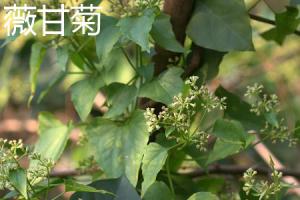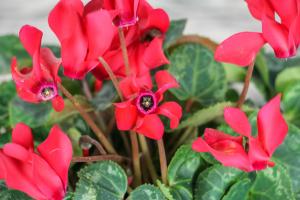1、 Curing method
1. Temperature: according to its place of origin, it likes a cooler environment. Therefore, it is more suitable between 15 and 20 degrees. Too hot environment will threaten its growth, so generally do not exceed 30 degrees. In addition, its cold resistance is very good, which generally needs no attention in winter

2. Light: Edelweiss likes light, but it is also slightly shade resistant, but it won't work in a dark environment for a long time. Try to keep it in an environment with sufficient astigmatism. In addition, it should be noted that although it likes light, too strong light is also not good. It should be covered

3. Watering: Edelweiss has strong drought tolerance, and too much waterlogging has a very adverse impact on its growth. Therefore, it can be watered according to the principle of "better dry than wet" and don't let it get caught in the rain. The humidity of the air is better at 40-60%. If the humidity is too high, it is prone to some diseases and pests

4. Fertilization: Edelweiss does not need much fertilizer, but once a month or so. It is important to choose soil with more nutrients

2、 Breeding skills
1. Reproduction: a common method is sowing. Before sowing, it is necessary to carry out germination treatment and soak it in warm water for 12 to 24 hours. Sowing in autumn is more appropriate, and the probability of budding is relatively large. After sowing, keep it at about 20 degrees. After about five to ten days, you can sprout. When three or four real leaves grow, they can be transplanted

2. Pruning: before flowering, it is necessary to pick the heart at least once, so that more branches will sprout and more flowers will bloom. Then, after flowering, the residual flowers can be cut off after a pruning treatment

3、 Problem diagnosis and treatment
1. Diseases: because the environmental temperature of its growth is relatively low, some diseases are not too many. When the temperature and humidity are relatively high, some diseases are easy to occur. It is necessary to adjust the surrounding environment in time while spraying

2. Pests: the temperature is low, and there are relatively few pests. You can spray some chemicals for control within 10 to 15 days, so there will be no problem

4、 Other issues
1. Toxicity: Edelweiss is non-toxic and harmless

2. Whether it can be raised at home: Yes, but generally speaking, edelweiss is more widely used in gardens, such as in some flower beds and flower glasses


 how many times do yo...
how many times do yo... how many planted tre...
how many planted tre... how many pine trees ...
how many pine trees ... how many pecan trees...
how many pecan trees... how many plants comp...
how many plants comp... how many plants can ...
how many plants can ... how many plants and ...
how many plants and ... how many pepper plan...
how many pepper plan...






























